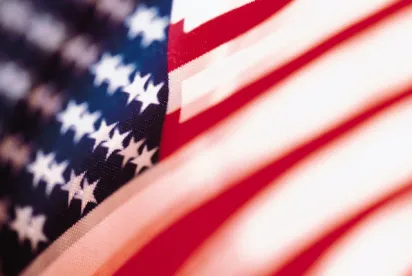The July 4th celebration of this nation’s declaration of independence from Great Britain has been celebrated since 1776 and has become the pinnacle of summer fun. It’s the day to travel with your family and friends to the shore or your favorite lake, grill some hot dogs and hamburgers and watch the fireworks display after dusk.
The celebration of this American holiday should be of some interest to the environmentally conscious because of the challenges it poses. For example, we often find ourselves in traffic congestion as we rush to our holiday destinations to start the fun. There’s clearly an uptick in traffic volume over the holiday. Let’s plan to avoid fuming drivers’ tempers, unnecessary gas consumption and air pollution by planning our trips to avoid peak traffic hours.
Many towns throughout the country suspend sanitation collection making the post holiday activities at reclamation centers and landfills overwhelming. Let’s alleviate some of this strain by limiting disposable products like paper goods, plastic cups, straws and by properly disposing refuse in proper containers.
Fireworks themselves pose a different challenge. Fireworks in essence use gunpowder to launch a projectile with an explosive payload. Fireworks displays have become more elaborate by utilizing technology and musical synchronization however we are still using charcoal and sulfur fuel after 13 centuries. Nonetheless fireworks have not been shown to pose a direct health hazard.
Currently there have been no known studies to indicate that fireworks are a public health hazard. Tests have been conducted to measure the accumulation of contaminants subsequent to fireworks displays. Potassium perchlorate, a necessary chemical component of fireworks, spike after a large public display. If there was a more frequent occurrence of fireworks one might be apprehensive of health risks. The following chemicals used in fireworks to achieve the brilliant colors that are so memorable to us: aluminum for white, copper for blue, strontium for red, rubidium for purple, and barium for green.
If you live in a place with frequent fireworks display, you may want to exercise some caution especially for vulnerable residents with respiratory problems. Perhaps out of public pressure or just good corporate citizenship, Disney patented a process to use compressed air instead of chemicals to launch its fireworks in Anaheim California – the original Disneyland.
The sale of fireworks is permitted in most states except the nanny states of Delaware, Massachusetts, New Jersey, New York and Rhode Island. Having said that, it is suspected that fireworks were used by the Boston Marathon bombers to detonate the pressure cooker bomb that killed and maimed so many innocent bystanders. Law enforcement authorities have probably added fireworks to their long list of public safety concerns.
So you can make the Fourth of July holiday safer and environmentally greener by avoiding high-traffic peak hours by leaving earlier or later, using recyclable products and exercising caution with fireworks.
Happy Fourth of July America!




 />i
/>i

